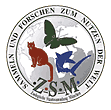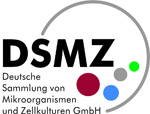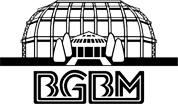DNA Bank NetworkFour institutions with complementary collections and expertise form the DNA Bank Network. The Network reflects the decentralized distribution of natural history collections in Germany but aims at reducing high infrastructure expenses. The Network conforms to the prescribed structure of the GBIF progamme in Germany (Global Biodiversity Information Facility) network. All partner institutions are experienced in safeguarding natural history collections. The
Botanic Garden and Botanical Museum Berlin-Dahlem (BGBM) is coordinating the network, here the
databases and Web portals are being designed, and botanic DNA
samples (plants, algae, protists) are being stored. The DNA bank
of the Bavarian State Collection of Zoology Munich (ZSM) focuses
on safeguarding DNA of invertebrates (I), lower deuterostomes
and fungi. The
Forschungsmuseum Alexander Koenig Bonn (ZFMK) covers all additional invertebrate groups (invertebrates II) and
vertebrates. The
German Collection of Microorganisms and Cell
Cultures Braunschweig (DSMZ) is specialized on DNA storage of
micro-organisms, cell lines, and plant viruses.
|
|
 |
 |
 |
 |

|
|
DNA storage experimentsKnowledge about long term DNA storage is scarce. Therefore, further research is being conducted to optimize the process of DNA sample storage and access, which focuses on new and suitable protective substances, storage at higher temperatures, rehydration of lyophilized DNA, and the usage of special cryotubes.Alternative methods of tube labelling are tested for identification, monitoring, and inventory; these methods include various applications of barcoding.
A workshop about institutional and technical strategies for long-term storage of nonhuman DNA samples has been
held at the Systematics 2009 conference in Leiden, Netherlands on August 12th.
The organizers thank all participants for their valuable contributions and the conference board for their help. |
|